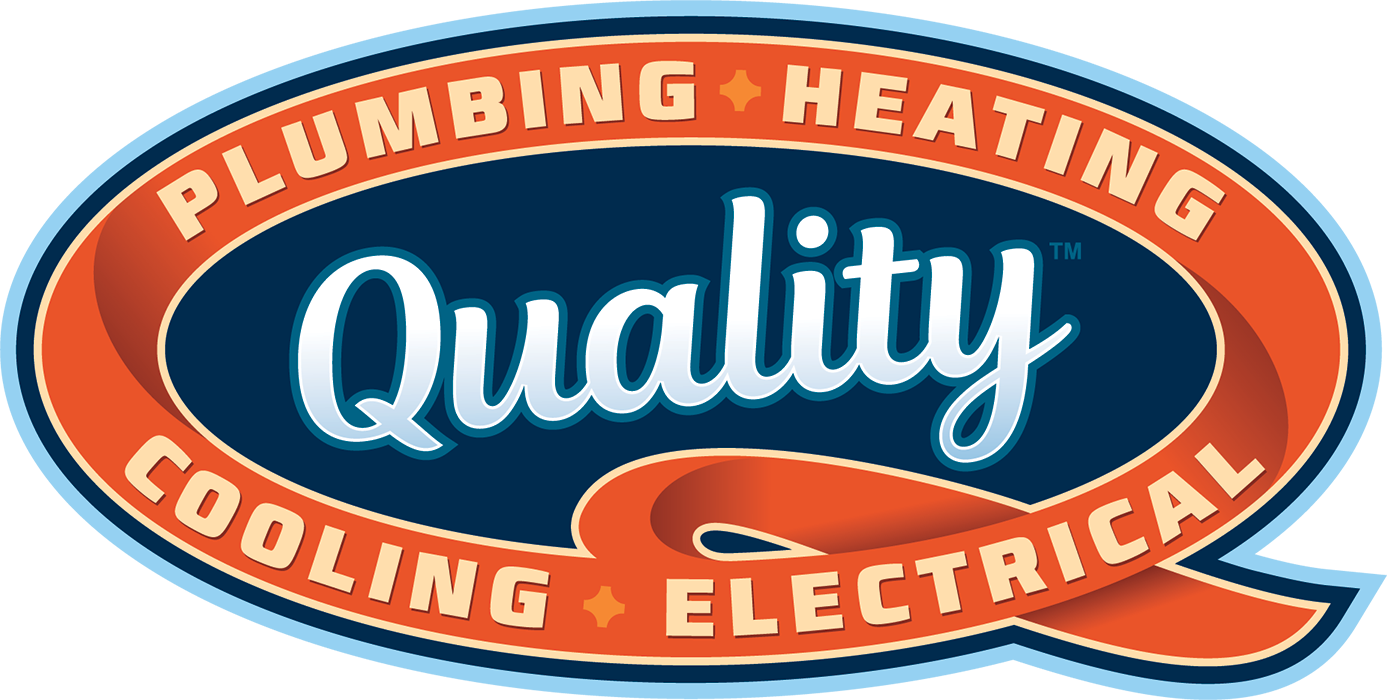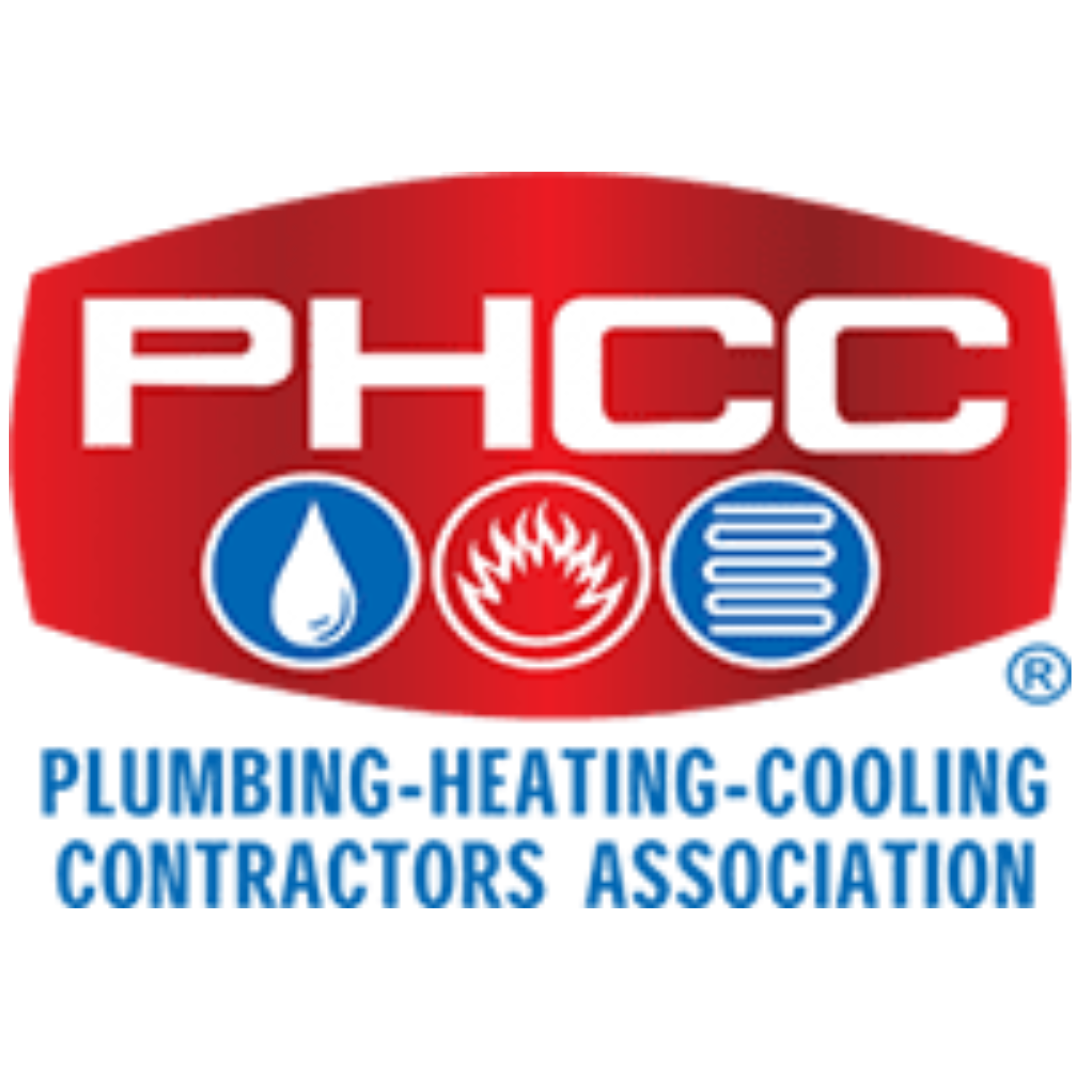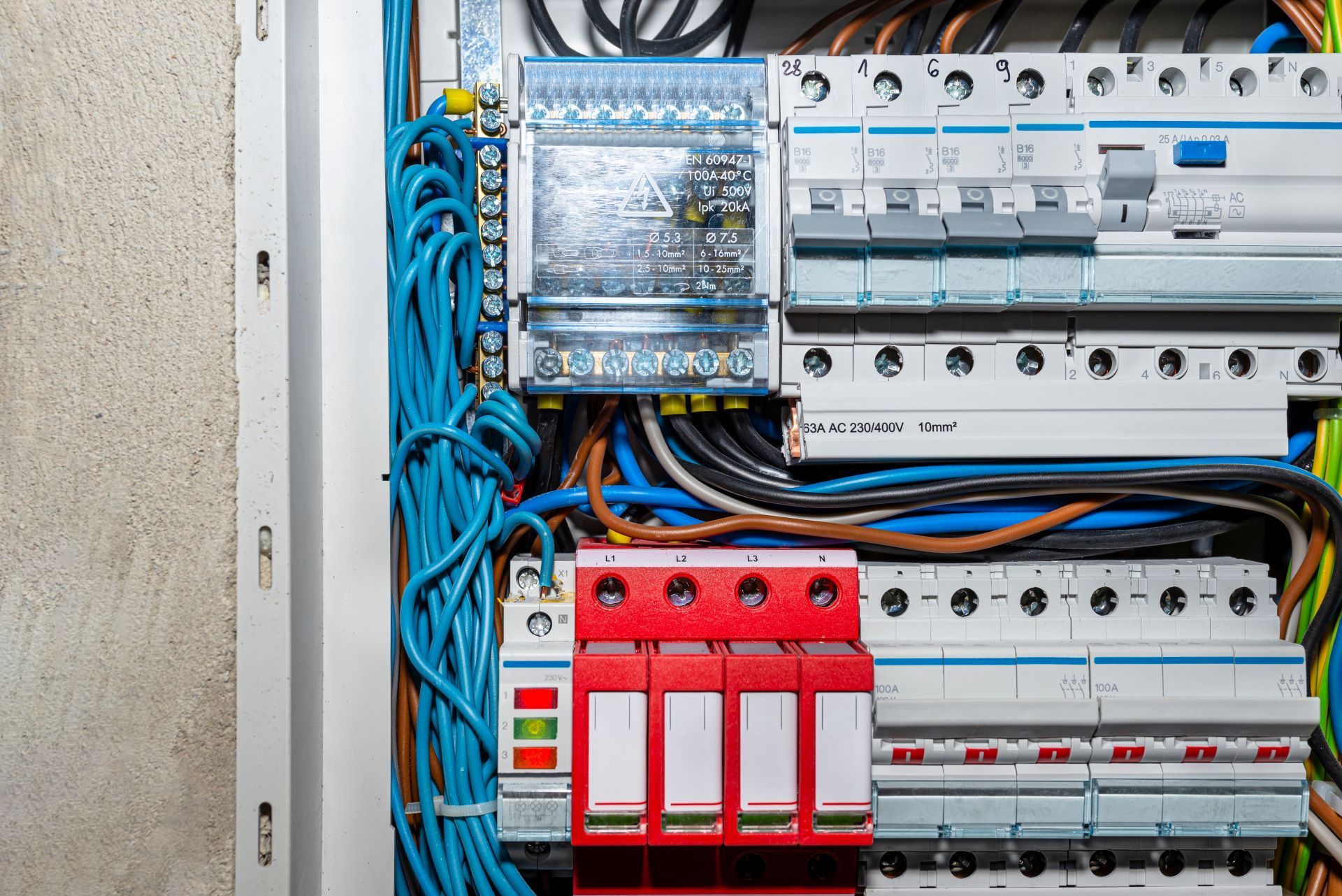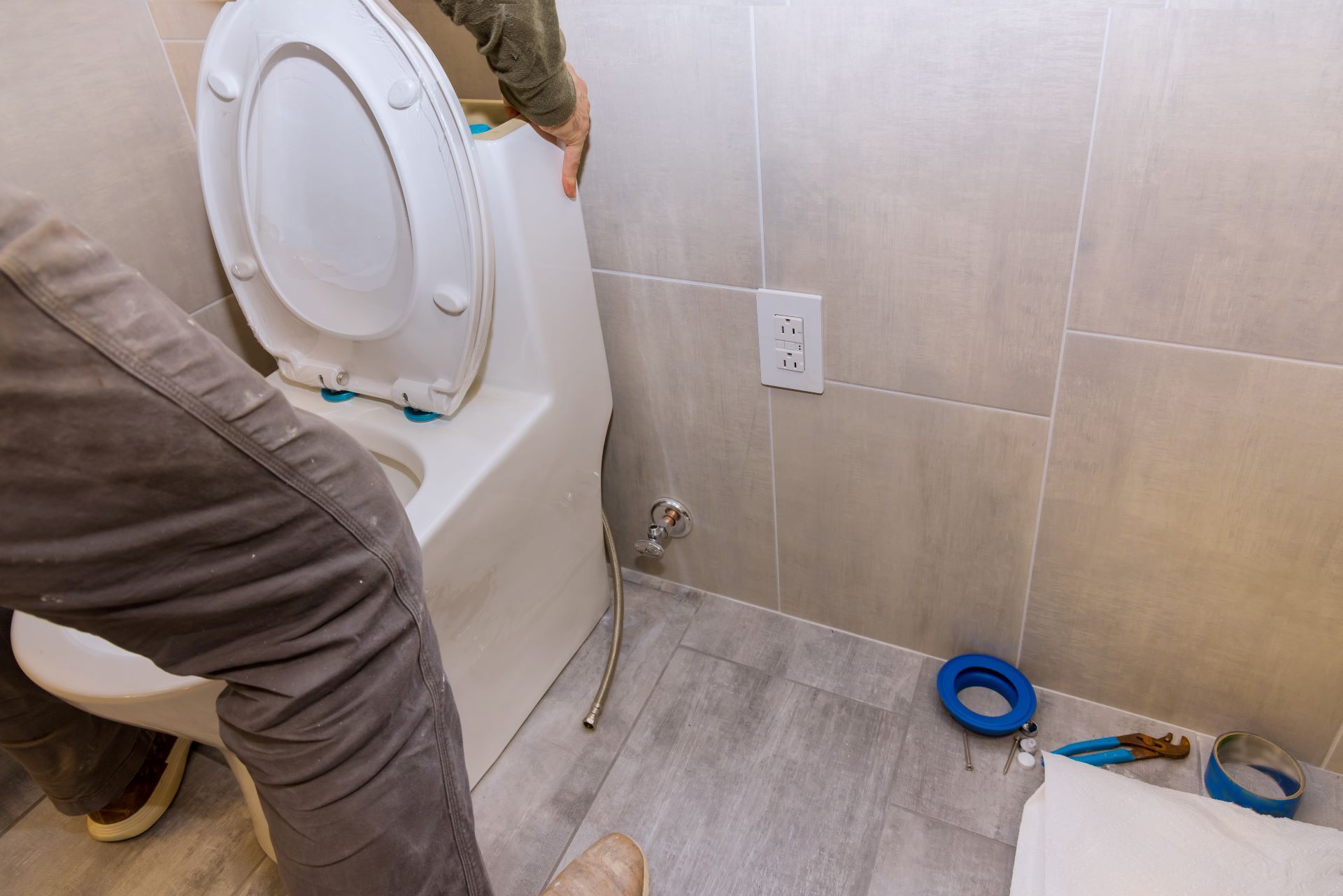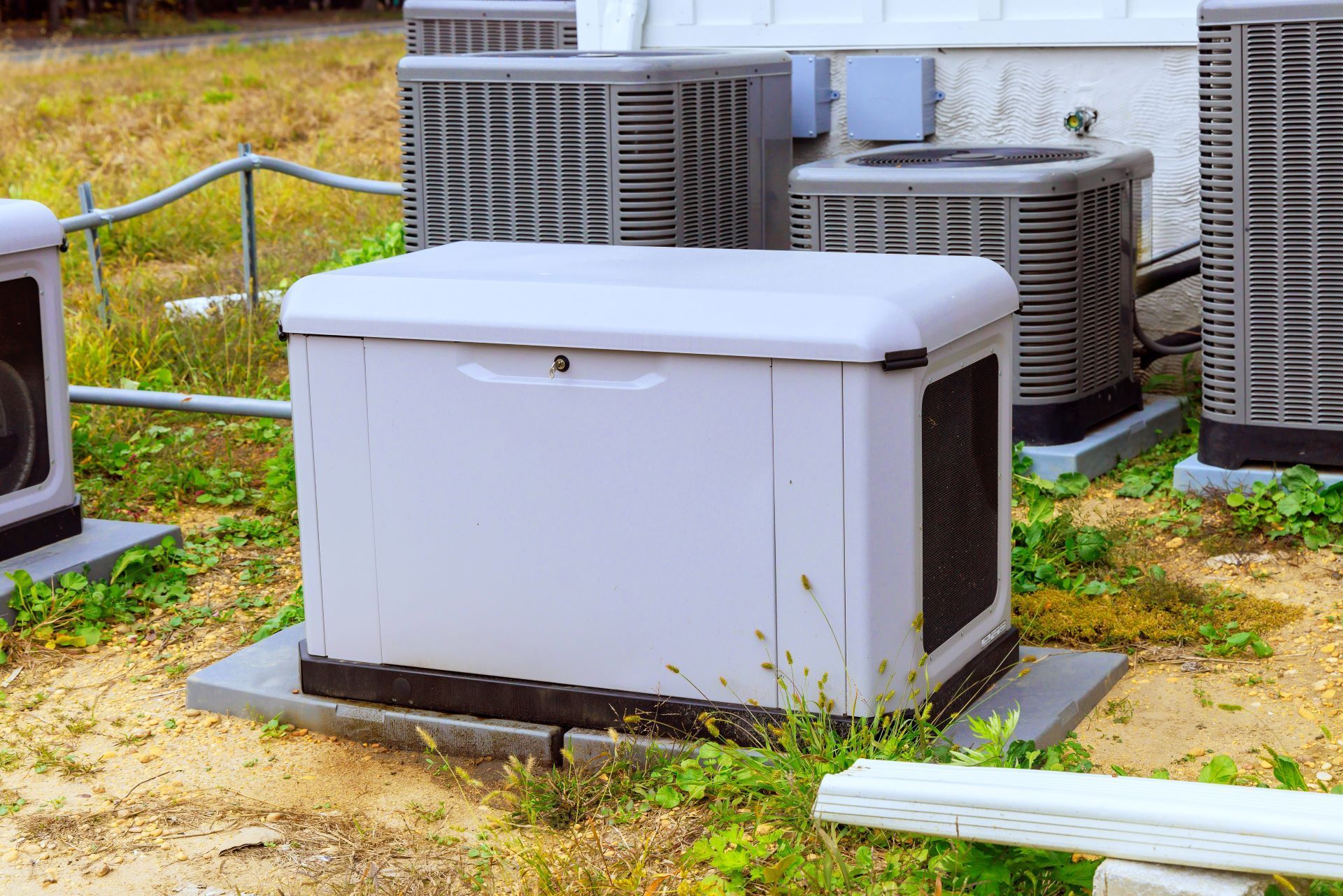Can I Upgrade My Electrical Panel Without Rewiring My House?
Upgrading your home’s electrical panel doesn't always mean tearing into walls or replacing every wire in the house. In many cases, you can boost your panel's capacity and improve safety without rewiring, especially if your existing wiring is in good shape.
But how do you know if your house qualifies? And what does the process actually look like?
Here’s what homeowners in Knoxville and nearby areas need to know about electrical panel upgrades and when you can skip the full rewire.

Why You Might Need a Panel Upgrade
Your electrical panel acts as the "brain" of your home’s power system. It distributes electricity to every outlet, light switch, appliance, and device you use daily. Over time, older panels can become outdated or overwhelmed.
You might need a panel upgrade if:
- Your breakers trip often when multiple appliances run
- You still have a fuse box
- Your panel is undersized (60- or 100-amp)
- You notice buzzing, burning smells, or rust near the panel
- You’re installing upgrades like an EV charger, new HVAC system, or hot tub
These signs are not just inconvenient. They can also be serious safety hazards. An overloaded or aging panel increases the risk of electrical fires or shocks.
Benefits of a Panel Upgrade
- Increased safety for your family and property
- More capacity for modern electronics and appliances
- Fewer power disruptions and breaker trips
- Improved resale value of your home
- Compliance with modern electrical codes and insurance requirements
If your home hasn’t had an
electrical evaluation in the last 20 years, it’s worth considering a panel upgrade.
When You Can Upgrade Without Rewiring
The good news? You may not need to rewire your entire home to upgrade the panel. Many homes, especially those built after 1965, have wiring that can safely support a new panel.
Here are the ideal conditions:
Modern Copper Wiring
Most homes built after the mid-1960s use copper wiring, which is durable and safe when installed properly. If your home has copper wiring and no visible damage, there’s a good chance you can keep it.
Proper Grounding System
Today’s electrical codes require a grounding system to prevent shocks and ensure safety. If your home has a grounding system in place, you're more likely to qualify for a panel-only upgrade.
Wire Gauge Matches Circuit Loads
Each circuit in your home is rated for a specific amperage. For example, a 15-amp breaker requires 14-gauge wire. If your current wiring matches the new panel's breakers, you won't need to replace it.
No Code Violations or Damage
If your wiring is still protected with intact insulation, connected inside approved junction boxes, and free of damage from pests or heat, it can typically be reused.
What does a panel-only upgrade involve?
- Removing the old panel (breaker box or fuse box)
- Installing a modern, higher-capacity panel (typically 200 amps)
- Reconnecting the existing circuits
- Adding grounding or surge protection if needed
This type of upgrade is much faster and more affordable than a full rewire. It is often completed in a day or two with minimal disruption to your home.
When Rewiring May Be Necessary
Not every home qualifies for a panel-only upgrade. If your house has older or unsafe wiring, your electrician may recommend partial or full rewiring for safety and code compliance.
Here are a few red flags:
Knob-and-Tube Wiring
This type of wiring was common in homes built before the 1940s. It lacks grounding and insulation, making it a serious fire and shock risk. It's also no longer code-compliant in most places.
Aluminum Wiring
Found in some homes from the 1960s and 70s, aluminum expands and contracts with heat, leading to loose connections and fire risk. While some homes have mitigation devices, many insurers require it to be replaced.
Brittle or Damaged Insulation
If the wiring’s protective insulation is cracked, chewed, or brittle from heat, it may not be safe to reuse even if the copper underneath is intact.
Undersized Wiring
Old homes often used thinner gauge wire than modern appliances require. For example, a kitchen microwave or window AC unit may need more amperage than a 14-gauge wire can safely carry.
Unpermitted Additions or Unsafe DIY Work
If your home has seen multiple owners or DIY renovations, there could be hidden wiring issues. Unsafe splices, missing junction boxes, and overloads are common finds during inspections.
In these cases, your panel upgrade might require some level of rewiring to meet safety standards and pass inspection.
What the Upgrade Process Looks Like
Every home is different, but here’s a general overview of what to expect when upgrading your panel, whether you need rewiring or not.
Home Electrical Assessment
A licensed electrician will:
- Inspect your current panel, breakers, and main service
- Evaluate your wiring type and condition
- Check for grounding, wire gauge, and insulation quality
- Perform a load calculation based on your appliances and usage
They’ll then recommend either:
- A panel-only upgrade
- A panel upgrade with partial rewiring
- A full rewire for safety and compliance
You’ll receive a written estimate with options.
Permits and Preparation
Your electrician will pull the required permits and coordinate with local inspectors. Most municipalities in Tennessee require permits for panel upgrades.
Prep may include:
- Scheduling with the utility company for temporary shutoff
- Notifying tenants or neighbors (for duplexes or shared buildings)
- Clearing access to the panel and main service area
Installation Day
On the day of your panel upgrade:
- Power is temporarily shut off (usually for 4–8 hours)
- The old panel is removed
- A new panel is mounted and wired
- Existing circuits are reconnected and labeled
- New grounding rods, surge protection, or main disconnects may be added
If minor rewiring is needed, this may take additional time.
Inspection and Power Restoration
Once the work is complete, an inspector verifies that the panel and wiring meet current code. After approval, the utility company restores power.
What Does It Cost?
Costs can vary widely based on whether rewiring is needed. Here’s a general breakdown based on projects in East Tennessee:
| Type of Upgrade | Typical Cost (East TN) |
|---|---|
| Panel Upgrade Only | $1,800-$3,500 |
| Panel + Partial Rewire | $4,000-$8,000 |
| Full Home Rewire + Panel | $10,000+ |
Factors that affect price:
- Home size and number of circuits
- Whether walls need to be opened
- Utility service upgrade needs (e.g., meter base)
- Permits and inspections
- Grounding or surge protection additions
We provide up-front quotes and walk you through every line item so there are no surprises.
Make the Right Call for Your Home
When deciding on a panel upgrade, here’s a helpful checklist:
- Do you have copper wiring with no visible damage?
- Are your outlets grounded (three-prong)?
- Is your panel over 25 years old?
- Do you need more capacity for new appliances?
- Have you had recent breaker trips or buzzing sounds?
If you answered yes to any of these, now is the time to talk to a licensed electrician. We’ll inspect your setup, explain your options, and help you decide if you can upgrade without rewiring.
Trust Local Experts for Your Electrical Upgrade
At Quality Plumbing Heating Cooling & Electrical, we help homeowners across Knoxville and nearby communities make smart, safe upgrades to their homes. Whether you need a simple panel replacement or a complete electrical overhaul, we make it simple and stress-free.
Call 865-234-9672 or contact us online to get started.
Your safety is our priority. Your comfort is our promise.
Request an Appointment
Fill out the form below and a member of our team will be in touch to schedule an appointment.
